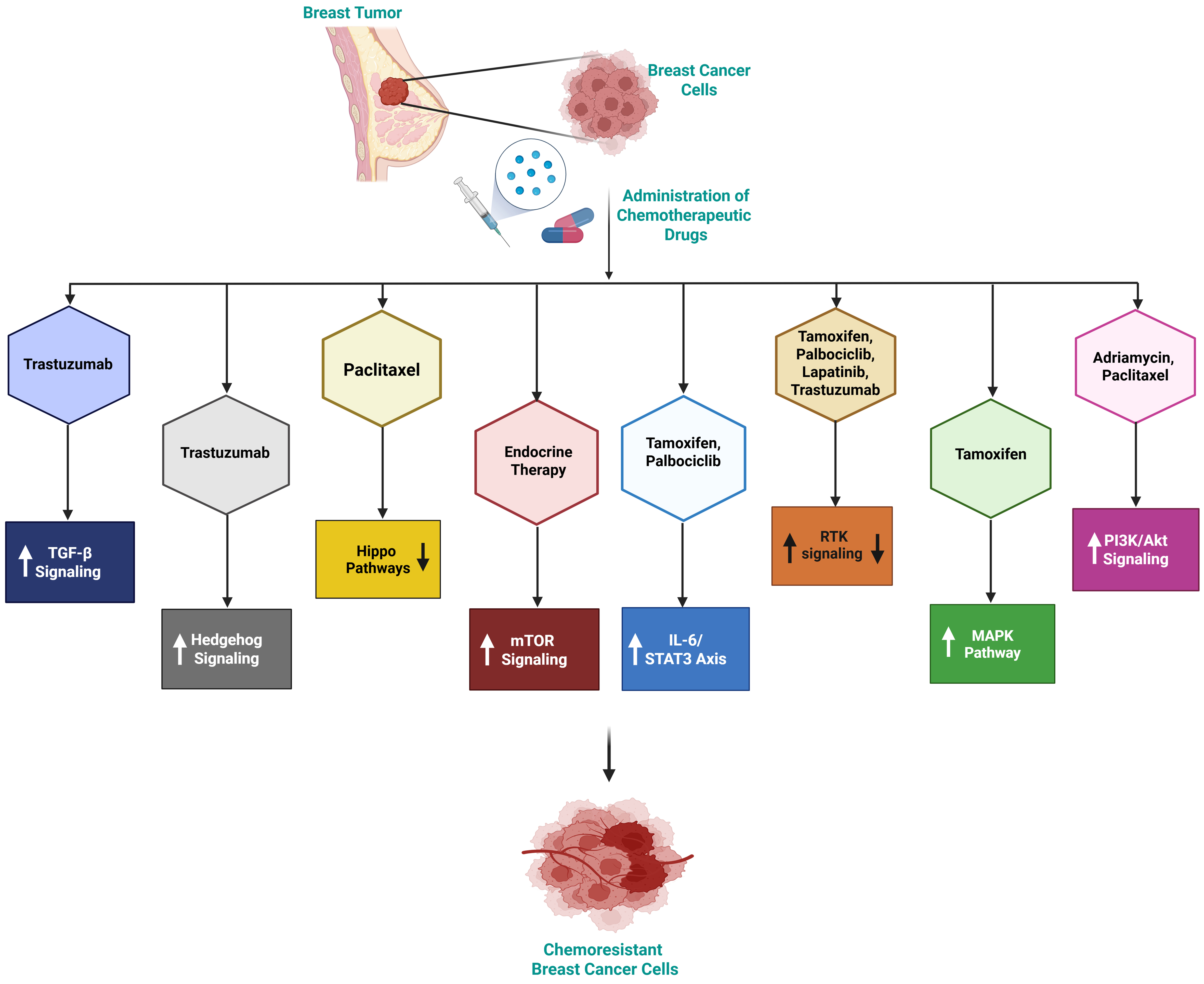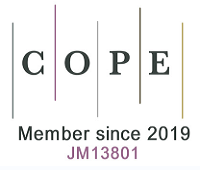fig2
Figure 2. Schematic representation of chemotherapeutic drugs and the signaling pathways involved in resistance mechanisms in breast cancer. The figure demonstrates the major signaling pathways implicated in breast cancer chemoresistance and tumor growth, including the PI3K/Akt, mTOR, MAPK, RTK, IL-6/STAT3, TGF-β, Hedgehog, and Hippo signaling cascades. Epigenetic modifications alter these signaling networks, resulting in EMT, CSC enhancement, and reduced treatment sensitivity. Paclitaxel resistance involves activation of the PI3K/Akt pathway and suppression of Hippo signaling. Endocrine resistance is associated with enhanced mTOR activity. Tamoxifen resistance features elevated IL-6/STAT3 and MAPK signaling. In palbociclib resistance, both IL-6/STAT3 and RTK pathways are upregulated. RTK signaling is also reduced in lapatinib resistance, while PI3K/Akt is enhanced in adriamycin resistance. Created in BioRender. Malhotra, D. (2025) rf3yj6x. EMT: Epithelial-to-mesenchymal transition; CSC: cancer stem cell.












